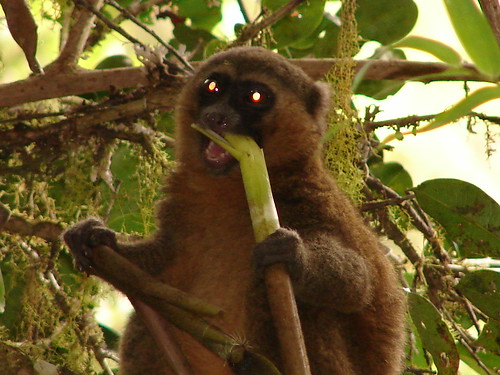One problem in Madagascar is illegal logging. This is a
major problem because it destroys most of Madagascar’s forests, which is not
only a problem for the plants and animals but for the people who rely upon
these natural resources as well.
The reason illegal logging must be stopped is because many
plants and animals in Madagascar can be found nowhere else and need to have
their natural habitat preserved. This will also help the local people who are
having massive economic problems because of the loss of natural resources.
Scientist Patricia Wright has spent much time trying to help
stop illegal logging in Madagascar and to protect lemurs. Illegal logging has
caused a drop in ecotourism, which plays a very important part in Madagascar’s
economy. Wright says that illegal
poaching is a problem related to the illegal logging because the loggers are
hungry and pay the locals to hunt lemurs for them to eat.
Wright and others
have helped to create national parks where logging has been banned but, sadly,
illegal logging continues and, as of recently much timber (especially rosewood)
has been shipped to China.
Wright was a major part in the founding of Ranomafana National
Park in 1991 and the park is very important in preserving wildlife in
Madagascar. Ranomafana National Park was founded to help stop logging. Wright believes
that Ranomafana is safer because of her close work the locals, although I can
find no source that clearly confirms work the locals.
It turns out that our current ways of helping Madagascar (national
parks etc.) are only partially helping the land and do almost nothing to help
the people. While many people believe that tourism is providing employment and
help for the people of Madagascar, this is not true. Ranomafana National Park
employs about 100 people and less than half of them are from the 27,000 locals
who live around Ranomafana.
Since this is not helping we need to find new tactics for
collaborations with the local people and protecting the land.
Sources:


